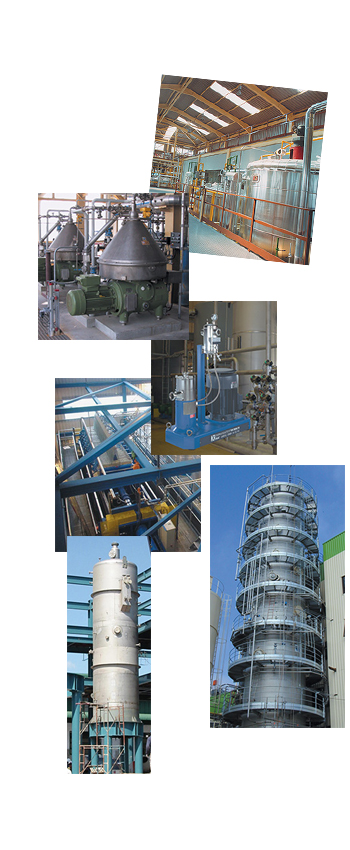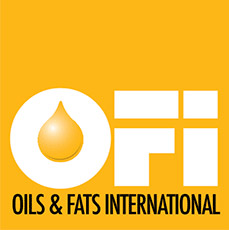All crude oils and fats obtained after rendering, crushing or solvent extraction, inevitably contain variable amounts of non-glyceridic co-constituents like fatty acids, partial glycerides (mono- and diglycerides), phosphatides, sterols, tocopherols, hydrocarbons, pigments (gossypol, chlorophyll), vitamins (carotene), sterol glucosides, protein fragments as well as resinous and mucilagenous materials, traces of pesticides and "heavy" metals.

The objective of refining is to remove the objectionable co-constituents in the oil with the least possible damage to the glycerides and minimal loss of desirable constituents.
Classical chemical refining is used to make the oil suitable for human consumption, through successive steps: it must be degummmed, neutralised, bleached, deodorised and sometimes winterized.
Neutralisation can also be done by distillative removal of the free fatty acids in the deodorizer. The latter sequence is better known as physical refining.

